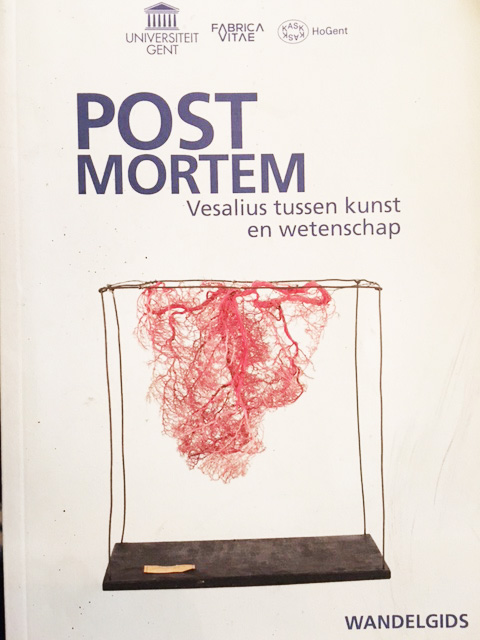

Making the Invisible Visible
Mara G. Haseltine, August 2015
What constitutes a living thing? What is dead and what is alive? Two piles of soil look pretty much the same as seen with the naked eye, yet there is such as thing as “live dirt,” rich with microbes that provide nutrients to the things that grow in it, and “dead dirt,” which contains no living microscopic entities and has no potential to provide nourishment for living things. In order for soil to become alive with microbes, plants and animals must die and become part of that soil. This happens through organisms either dying and decaying or being ingested by larger organisms. Thus just studying a lump of soil under the microscope can teach even the youngest pupil the difference between life and death. There is no life without death. In essence death feeds new life.
As large “charismatic mega fauna,” we depend on microscopic organisms to provide us with the air we breath and regulate our atmosphere. Plankton, the microscopic entities that inhabit all living water bodies on the planet from a street puddle in New York City to the deep ocean, are responsible for feeding larger organisms, provide half of the oxygen on the planet, and sequester carbon dioxide. What happens when this system gets interrupted due to widespread anthropogenic causes? Why would people even know or care about these tiny animals, which often consist of no more than a single cell with a five day life span? That is where art and visualization comes into play. People can’t relate to things they cannot see and feel. Perhaps this is why there is such a widespread denial of climate change. Making the microscopic megascopic is the impetus for the creation of much of my work, which portrays these structures as well as the pollution affecting them larger than life.
In order to understand how life functions it is crucial that we as a species look beyond ourselves to realize that we are part of a continuum, a mere blip on the radar of life. As a sculptor I have always been attracted to how form follows function, how the shape of things dictates their use. For me, looking below the surface into the microscopic realm to see how life functions has been both an informative process and a constant source of inspiration.
It takes the power of a scanning electron microscope to visualize proteins, which perform a myriad of functions within a cell. Structural proteins maintain cell shape, akin to a skeleton, and they compose structural elements in connective tissues like cartilage and bone in vertebrates. Enzymes are another type of protein, and these molecules catalyze the biochemical reactions that occur in cells. Yet most people never see these fantastical shapes, which on a cellular level are critical for the functioning of every living organism. They exist in a constant state of motion and are so small that the effects of gravity which shape the larger organic life forms they inhabit do not apply to them. Making these forms visible to the naked eye and placing them within a scientific narrative is compelling. The goal with this work is to make the viewers fall in love with themselves literally from the inside out.
The wonder and beauty of the microscopic world has the capacity to inspire humans to take better care of themselves and their environment. To visualize the microscopic is see beyond the self, and find an affinity for our unique and precarious role on our planet. To revel in the beauty of the microscopic is a step towards realizing we are part of a biosphere rich in life, born from death, ever evolving in a magnificent cycle.
##